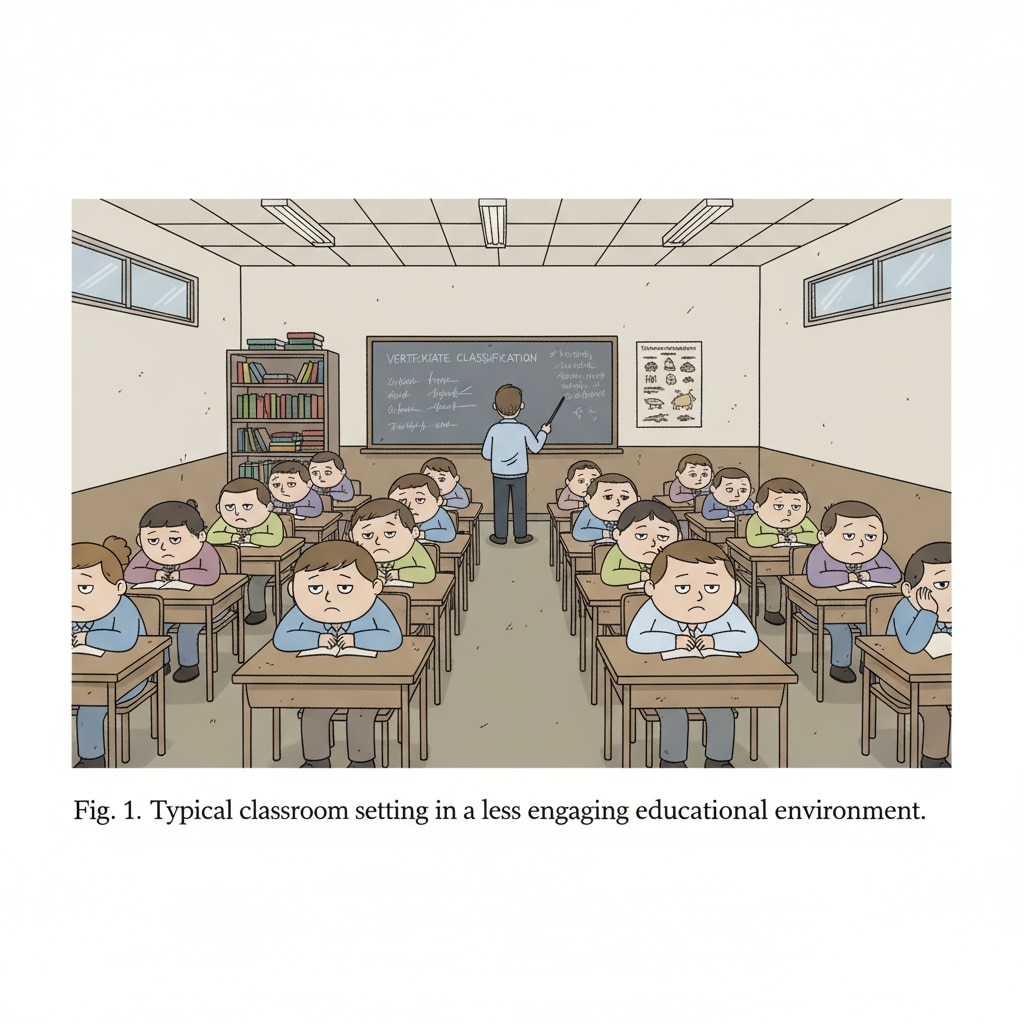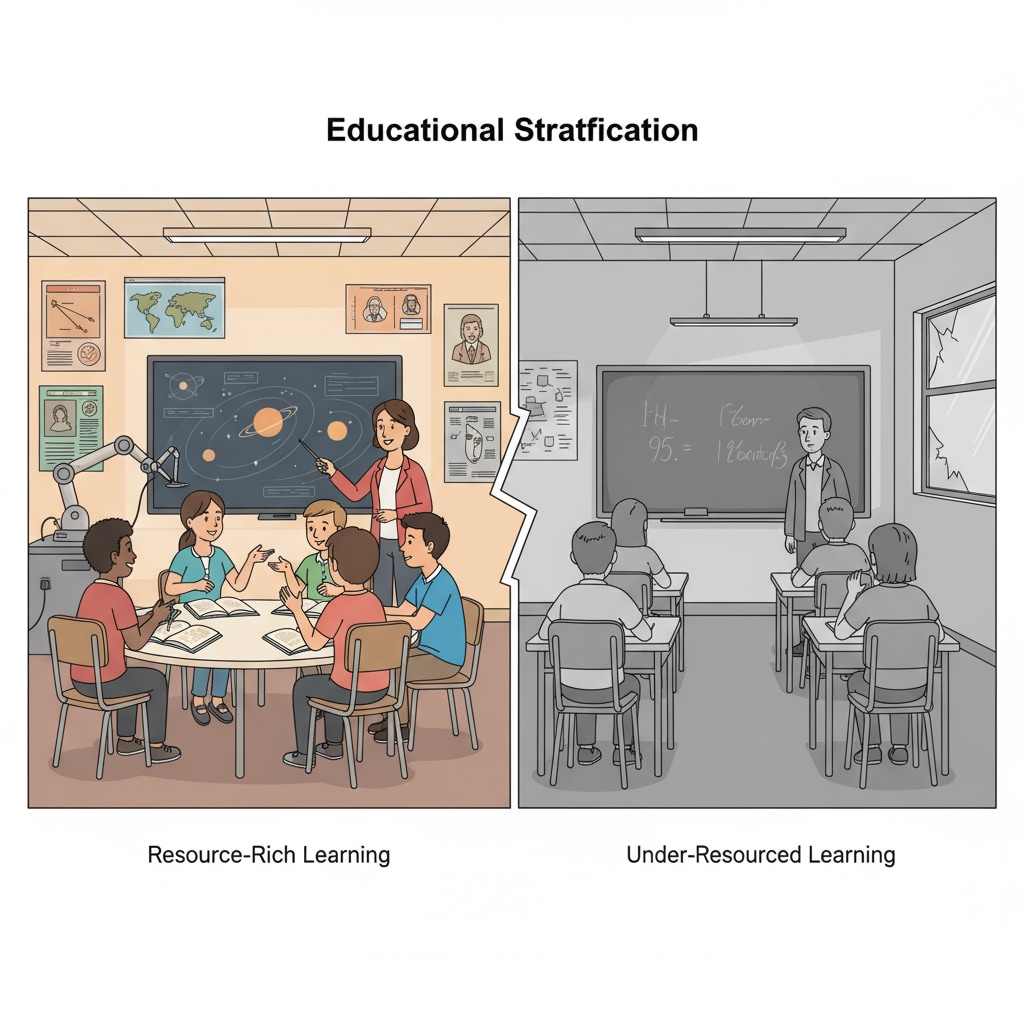The educational system, class stratification, student engagement, and teaching environment are intertwined elements that significantly impact a student’s learning journey. In the current K12 educational framework, class stratification, which divides students based on their academic abilities and learning意愿 (willingness), is often presented as a strategic approach to optimize teaching. However, it is, in fact, creating an invisible injustice that hinders the growth of many students.

The Illusion of Optimized Teaching
Proponents of class stratification argue that it allows teachers to tailor their instruction to the specific needs of students within a particular group. By having students of similar abilities in one class, teachers can supposedly set a more appropriate pace, depth, and complexity of teaching. For example, in a high-achieving class, teachers can introduce advanced topics and engage students in in-depth discussions. According to The National Education Association, this approach aims to maximize student learning. However, this view overlooks the potential negative impacts on students who are sorted into lower-performing groups.
The Disparity in Student Engagement
One of the most significant consequences of class stratification is the disparity in student engagement. Students placed in lower-performing classes often experience a lack of motivation. They may feel stigmatized as “less capable,” which can erode their self-esteem and enthusiasm for learning. In contrast, students in higher-performing classes are more likely to be exposed to challenging materials and collaborative projects that stimulate their engagement. This gap in engagement further widens the achievement gap between different groups of students.

The Constrained Teaching Environment
Class stratification also limits the teaching environment. Teachers in lower-performing classes may face more constraints in terms of resources and curriculum flexibility. They might be pressured to focus on basic skills rather than exploring more diverse and enriching topics. As a result, the learning experience in these classes becomes more rigid and less inspiring. On the other hand, teachers in higher-performing classes have more freedom to experiment with teaching methods and use advanced resources, creating a more dynamic learning environment. This imbalance in the teaching environment is unfair to students in lower-performing classes, as they are deprived of the opportunity to reach their full potential.
In conclusion, the current practice of class stratification in the K12 educational system is far from being a fair and effective solution. It creates an unjust divide among students in terms of engagement and access to quality teaching environments. To build a more inclusive and equitable education system, we need to reevaluate this approach and explore alternative ways that can better meet the diverse needs of all students. As Education Week emphasizes, the goal should be to provide every student with an equal chance to succeed, regardless of their initial academic abilities or learning willingness. Readability guidance: Each section here presents a clear point. The short paragraphs and use of examples help to make the content accessible. Transition words like “however” and “in contrast” are used to connect ideas smoothly. Lists could be further incorporated in future expansions to make the information more organized. The focus is on highlighting the unfairness of class stratification in different aspects of the educational system.


